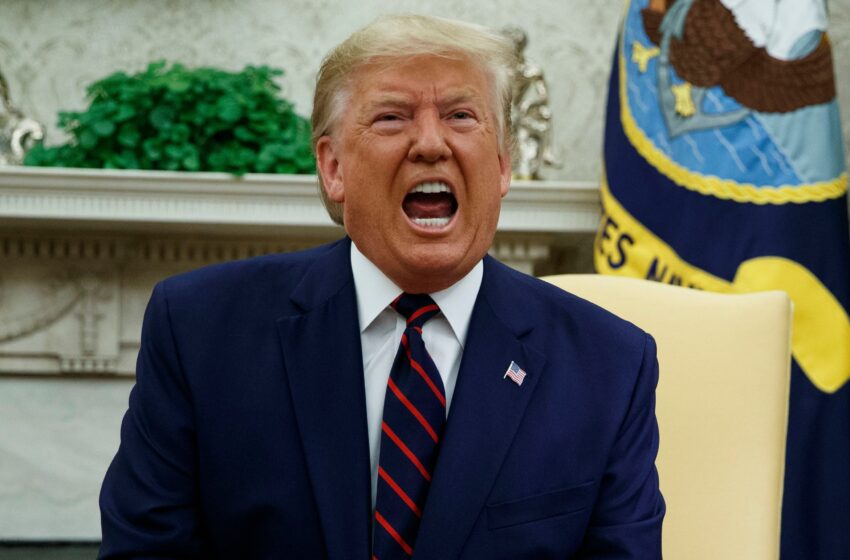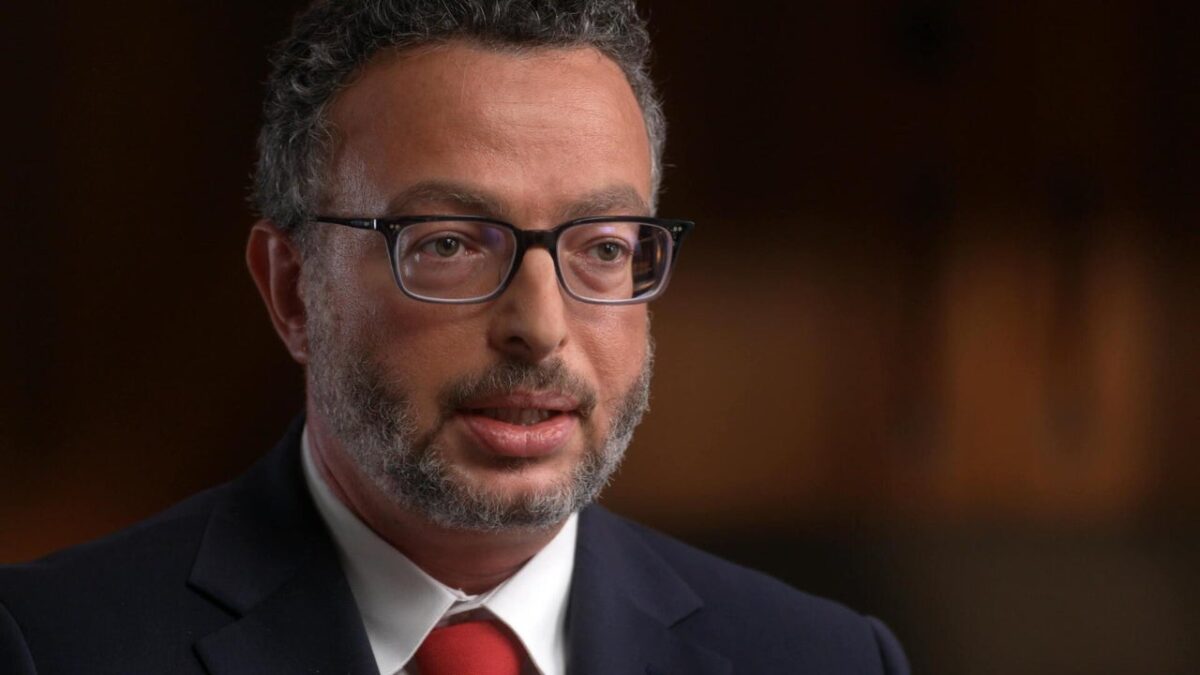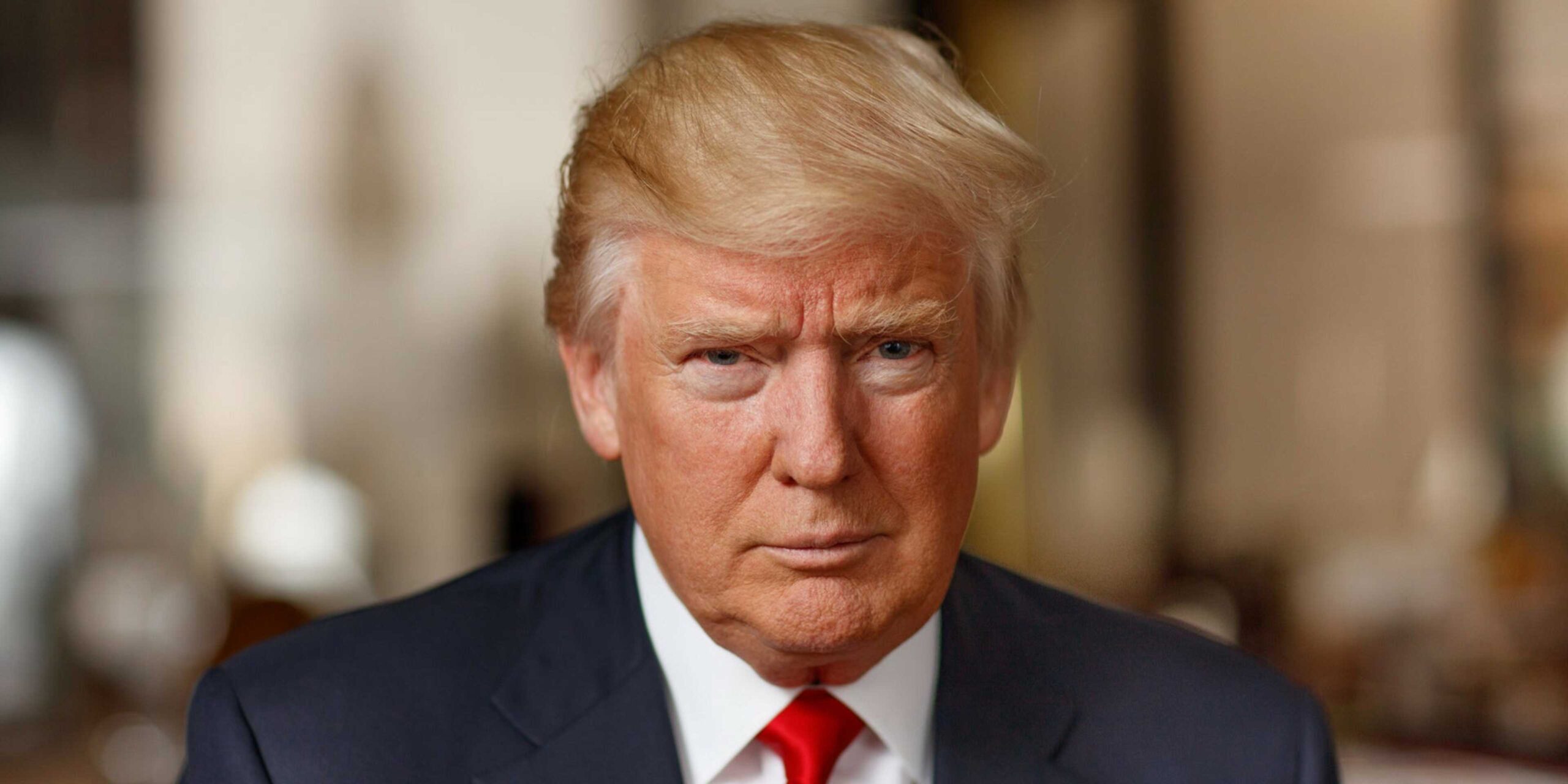“Trump is dead” trend: What it reveals about Trump’s presidency and public perception

These states are facing the biggest financial hit from America’s eviction crisis. Mandatory Credit: Photo by Evan Vucci/AP/Shutterstock (10434333bm) Donald Trump, Sauli Niinisto. President Donald Trump speaks during a meeting with Finnish President Sauli Niinisto in the Oval Office of the White House, in Washington Trump, Washington, USA – 02 Oct 2019
The sudden rise of the “Trump Is Dead” trend on X may have started as a rumor, but its viral spread says far more about the state of Donald Trump’s administration and the way many Americans see his presidency. In a political landscape defined by polarization, mistrust, and spectacle, even the idea of Trump’s death became fertile ground for speculation, jokes, and cultural references.
At the heart of the trend is the uneasy mix of politics and personality that defines Trump’s leadership. His administration, built on combative rhetoric, sweeping executive actions, and defiance of political norms, has often thrived on controversy. The fact that millions engaged with a baseless claim about his demise reflects how his figure has become larger than the office he holds. For some, he is seen as a symbol of resilience, surviving impeachments, indictments, and even assassination attempts. For others, he is a political lightning rod whose departure — even imagined — fuels curiosity and debate about the future of American politics.
READ ALSO
Trump is dead? Inside the viral X trend linking politics, health rumors, and The Simpsons
The trend also speaks volumes about the erosion of trust in official information. In a media environment where conspiracy theories flourish, many were willing to believe, or at least entertain, the idea of Trump’s death without verification. This distrust is not separate from his administration’s style; Trump’s combative relationship with the press, frequent use of Truth Social, and reliance on direct communication over institutional briefings have fostered an atmosphere where rumor can often outpace fact.
Cultural elements, such as The Simpsons’ infamous predictions, further blurred the line between satire and reality. By weaving Trump’s health history, assassination attempt, and past controversies into the conversation, the trend reveals a society that processes politics not just through policy but through entertainment and spectacle.
Ultimately, the “Trump Is Dead” trend is less about the president’s physical wellbeing and more about the public’s perception of his political legacy. It shows a nation grappling with uncertainty — divided between those who see Trump as an irreplaceable leader and those who regard his tenure as a dangerous experiment. In this sense, the viral moment underscores the enduring reality of his presidency: Trump is both a political figure and a cultural phenomenon, and how people engage with him often says more about the state of America than about Trump himself.



